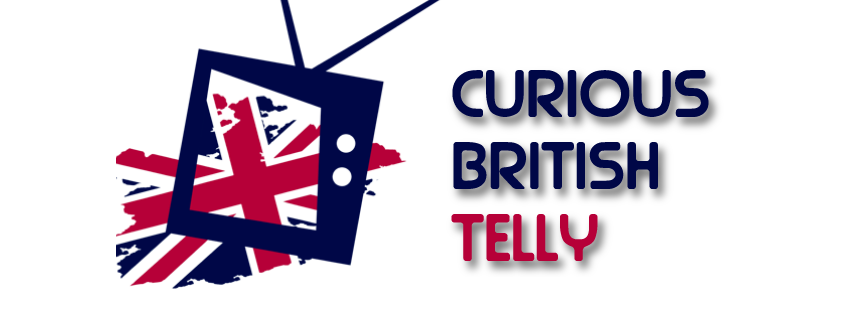Monday, 31 March 2025
Teletext: Without it your set's not with it
Teletext has always had a peculiar hold over me - a pixelated siren call from a bygone era of cathode-ray wonder. In those dim, pre-internet days, it was a digital portal into a wider world of up to the minute news, even if the loading times were sluggish and the content limited to blocky bursts of primary colours. However, it was revolutionary compared to the static, permanence of a newspaper. Eventually, I'd end up writing an article about The Birth of Teletext, so my curiosity around Teletext remains strong. Hence, this explains why I bought a promotional leaflet about Teletext from the early 1980s.
With postage, it was, uh, rather expensive for what it was, with its six pages costing me around £7. And, at some point over the last 43 years, a tiny hole had been ripped in it, but it doesn’t detract too much. Anyway, this promotional leaflet was the result of the Department of Industry looking to drum up public interest in teletext. Produced in conjunction with the BBC and the ITCA, the leaflet is a curious time capsule of British life and technology at the time.
Whilst there’s no official date on the leaflet, the dates and news stories in the teletext screen grabs all stem from early 1980. As a result, we can see that Paul McCartney was being held on drugs charges and, in politics, Margaret Thatcher was trying to get the 1980 Olympics moved away from Moscow. The cover of the leaflet is also very, very late 1970s and very, very middle class, what with its outdated ‘fancy’ furnishings and well dressed mother - those kids have made a bloody mess on the floor though. Also, there’s no mention of Channel 4 here, simply BBC and ITV.
The marketing bods at the Department of Industry went into overdrive their description of the service, with a choice sentence including “Teletext turns your television set into a storehouse of up-to-the-minute information, and puts it all instantly at your disposal - literally at your fingertips.” Now, I loved teletext, but it certainly wasn’t “instantly at your disposal” as the page load times still cause me to wince through my rose tinted glasses. But I guess that wouldn’t have been very appealing to consumers.
What’s interesting here is that the leaflet reveals how you could have important news stories flash up on the screen. I never ever remember this feature, but clearly it was in place as there’s a screen grab of an example where the retail price index for December 1979 had shown a small fall in inflation - exciting, and inflation, eh? Some things never change. And these screen grabs are fascinating with various niche pages featured such as the bar chart madness of the F.T Index, the greengrocer focused Fresh Food Prices and the Griddle brainteaser.
Everyone reading this article will be well aware of what teletext was and how it operated, but in 1980 it was a brand new landscape. In fact, in 1980, very few people had access to the service, and so it’s fascinating to see the efforts being made to get people to invest in teletext television sets. And just imagine heading into room 7059 at BBC Television Centre, it must have been one of the most fantastic places in the world in 1980, unless it was decorated with the same scheme from the leaflet’s cover…
All the images above are available as larger, high-res images simply by clicking them.
Subscribe to:
Post Comments (Atom)






No comments:
Post a Comment